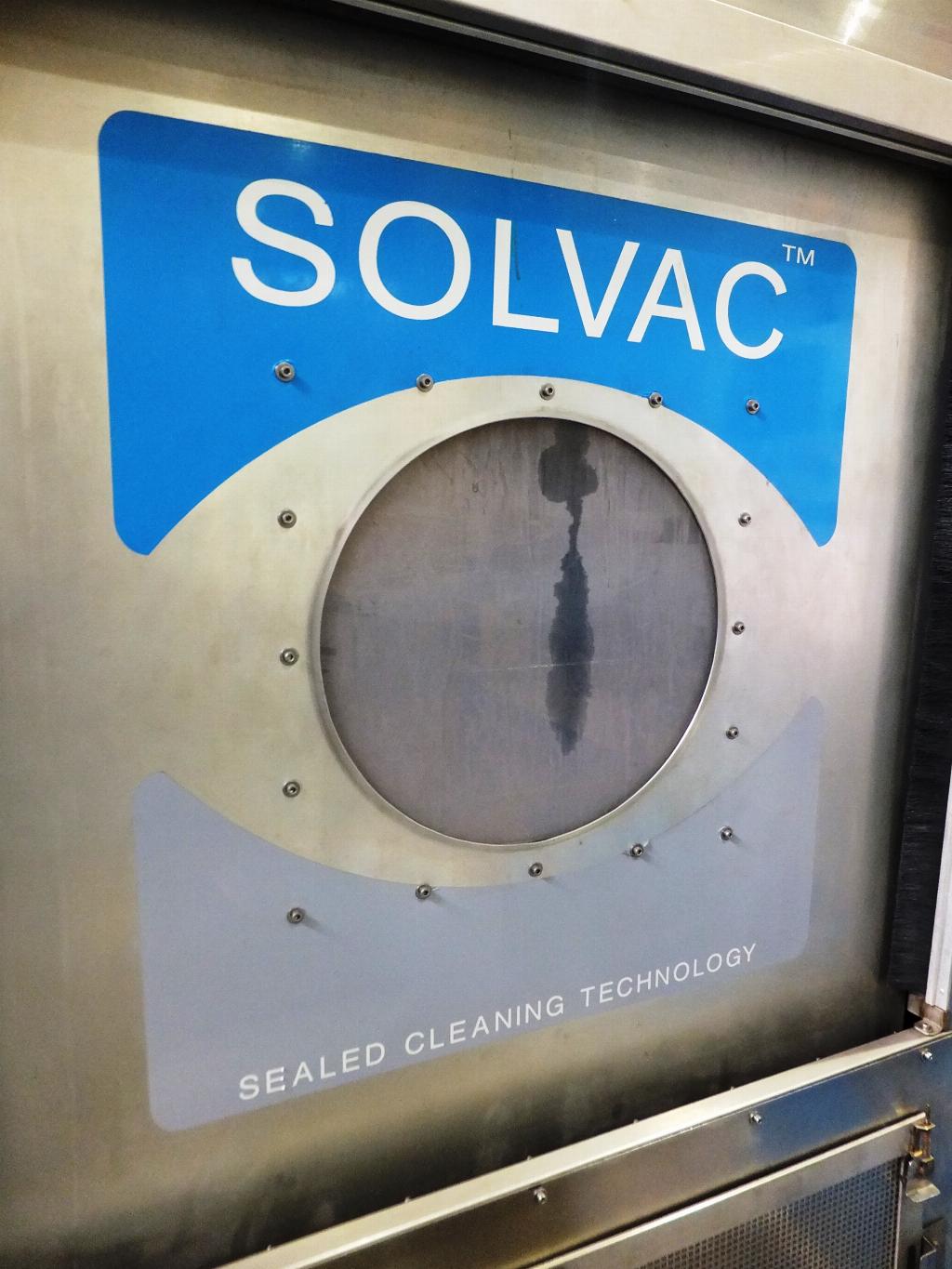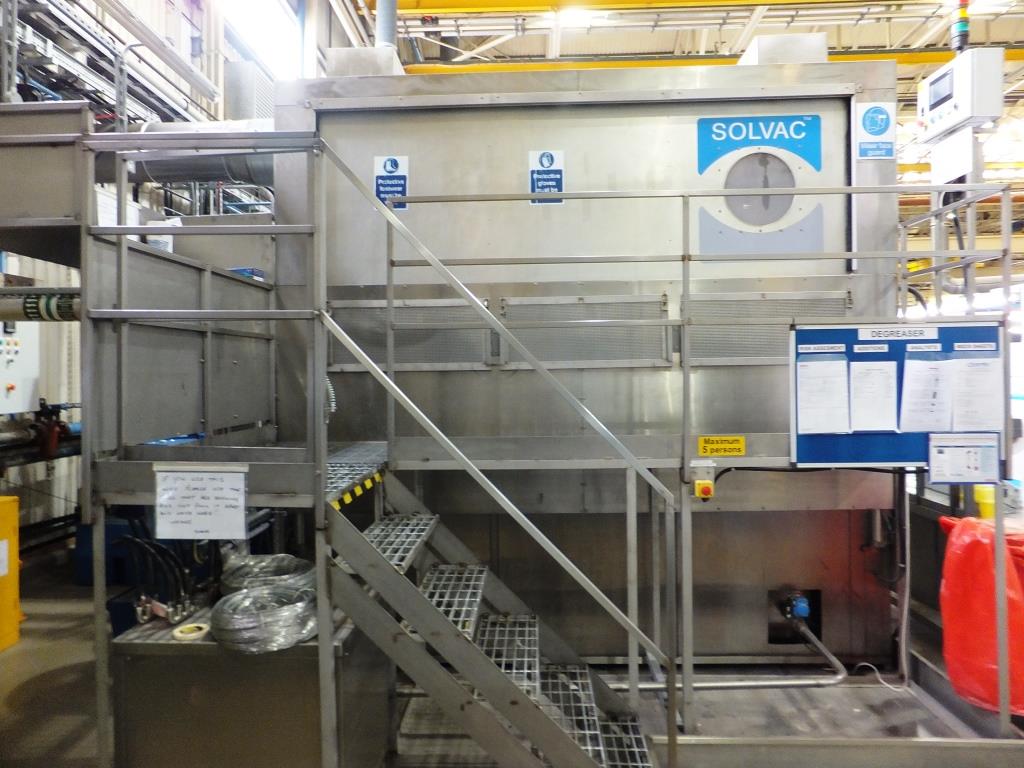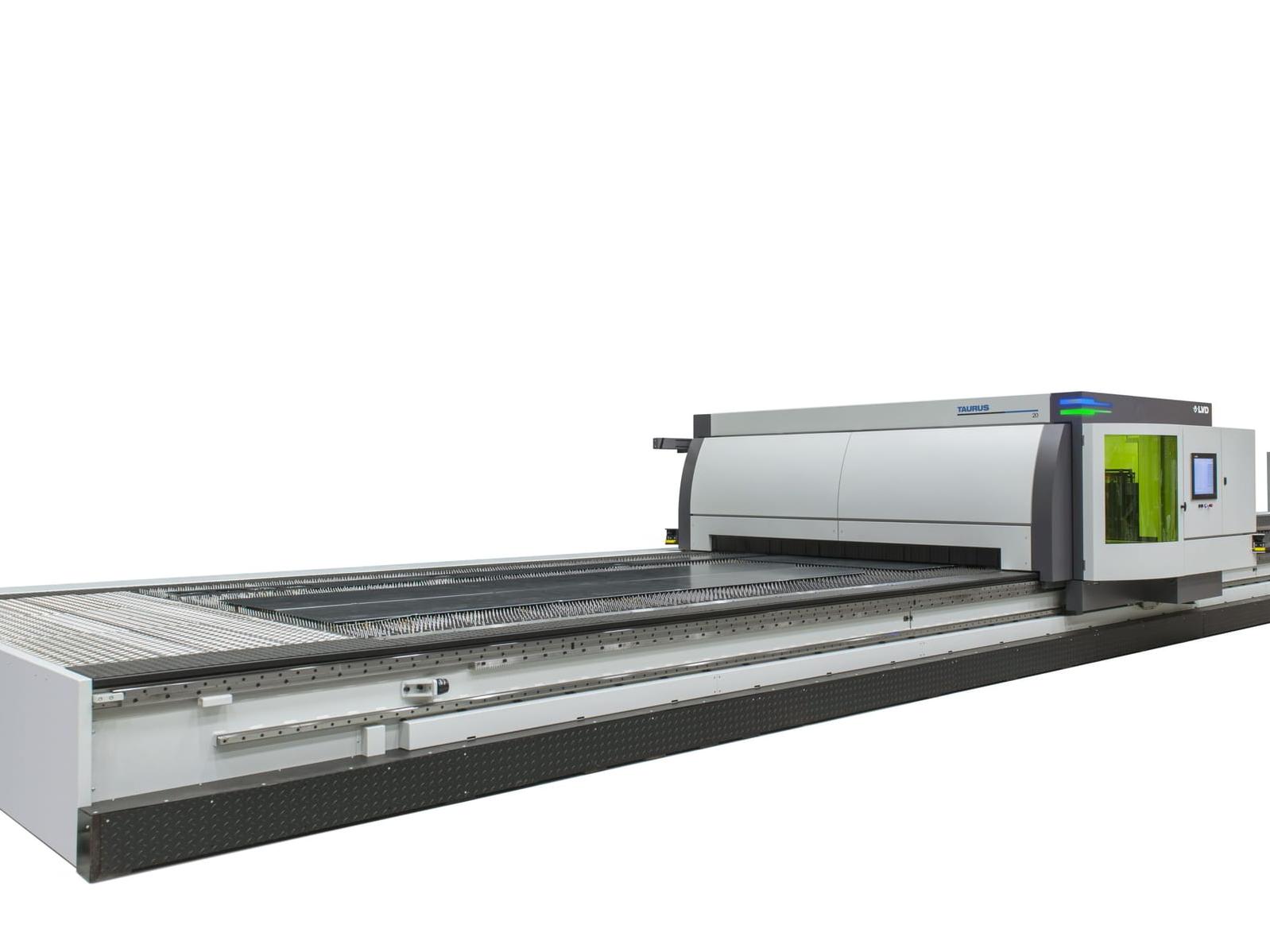Switching to a safer solvent

With just months until the use of nPB is prohibited, Graham Fraser, managing director of Fraser Technologies, discusses how an aerospace customer has made the change to a safer and more environmentally friendly solvent.
Due to legislation around the safe use of nPB, any business still using this solvent in its cleaning and degreasing process must find a replacement.
Short for normal Propyl Bromide, nPB (also known as solvent 1-bromopropane), is a solvent commonly used in the cleaning and degreasing process for the aerospace, precision engineering, medical, optical and electronic industries and it is a hazardous substance that can damage fertility and harm unborn children.

nPB has been registered as a Substance of Very High Concern (SVHC) under REACH (Registration, Evaluation, Authorisation and Restriction of Chemicals), which regulates the supply and use of chemicals in Europe. As such, nPB has been placed on Annex XIV, and a ‘sunset date’ of 4 July 2020 has been set. After this date, its use is banned, unless an authorisation has been granted and the business has a permit for a specific use.
If you’re still using nPB, now is the time to act. July may seem a while away, but depending on whether it is a straight-forward conversion or a full equipment replacement, the process of selecting an alternative can take time.
In 2017, we worked with leading aerospace manufacturer, BAE Systems, to replace the nPB that the company was using with a safer solvent.
BAE Systems approached Frazer Technologies to assess its existing process to see how it could use an alternative solvent which would be safer, at which point we also discussed additional benefits including efficiency and cost saving.
To assess the existing cleaning processes, we arranged a site visit to inspect the Solvac Systems at two of BAE Systems’ facilities. We performed a full system inspection to ascertain the suitability of the systems for conversion to Opteon SF79. This product was chosen because of its cleaning performance, ultralow greenhouse gas emissions, recyclability and reusability, safety and ease of use.
As part of the process, our objectives were to test the equipment for suitability and compatibility for use with SF79, as well as the general condition of the equipment and any opportunities to reduce solvent usage. The customer found that its solvent usage was very high and the company was aware that reductions would improve the environmental impact, as well as save costs.

Before using nPb, both of BAE’s systems were originally supplied for use with Trichloroethylene (Trike) to flush pipework, so this required long narrow tanks specifically suited to this application. They each had a flushing rig and filtration, and originally had carbon absorption/de-absorption systems fitted.
The existing Solvac systems used more than 1 tonne of solvent per year, meaning they both required a permit from the local authority for continued use, further increasing costs for BAE Systems.
Due to the legislation around the safe use of Trike and nPB, these systems were fitted with over tank canopies and safety interlocks to ensure operators were not exposed to solvent vapours. One of the systems also had a PPM meter fitted, which restricted the front door from opening until the level of solvent had dropped below a specified level. This, as well as additional safety features, protected operators and reduced emissions.
While there were minor issues with the system, these could be addressed and it was determined that Opteon SF79 was a suitable replacement. This has now been fully implemented at two of the locations, while the third is currently transitioning to the new product.
Since moving to Opteon SF79, BAE has achieved the cleaning performance it expects, while also significantly reducing its environmental footprint. As SF79 does not have the acidity issues that nPB does, the customer’s usage was significantly reduced simply because fewer clean outs were required. And importantly, it is safe and easy for operators to use.
Speaking about the results of the change to SF79 the customer’s engineering and governance lead said: “The transition from nPB to SF79 was relatively straightforward and quick, and communication was good throughout. Fraser Technologies also had a much stronger relationship with the manufacturer than we did, which was especially helpful during the process.
“Due to a reduction in manufacturing throughput, we cannot confirm an exact reduction in annual usage, and therefore cost savings and environmental footprint. However, emissions monitoring that we undertook following the introduction of SF79 showed a reduction in volatile organic compounds to atmosphere compared with the previous solvent. The product’s lower GWP* will also contribute to reducing the environmental impact of our site operations.
“Overall, changing to SF79 has been a positive experience and it has helped us to achieve our safety, health and environmental objectives.”
*GWP: Global warming is a gradual increase in the overall temperature of the earth’s atmosphere, generally attributed to the greenhouse effect, caused by increased levels of carbon dioxide, CFCs, and other pollutants. GWP is used to represent the equivalent of C0₂ being released into the atmosphere. So 1kg of C0₂ = a GWP of 1.
Fraser Technologies www.frasertech.co.uk











